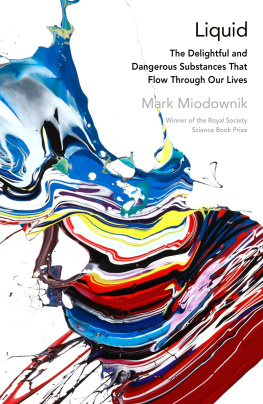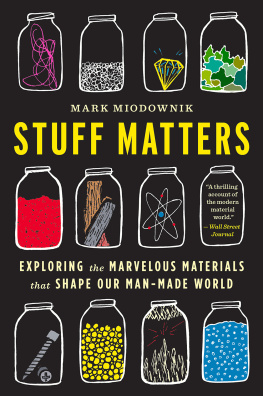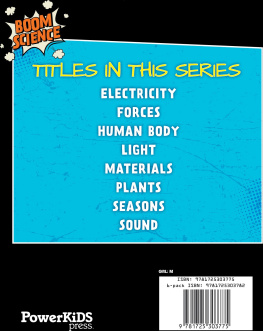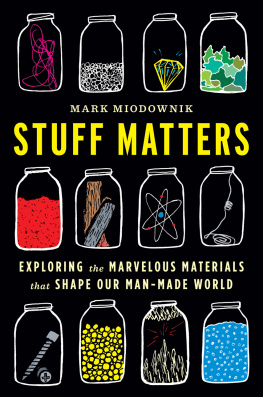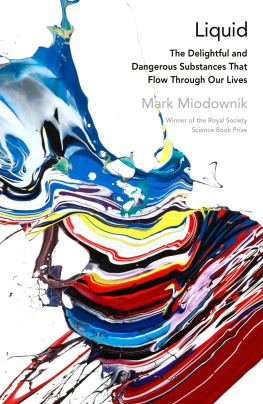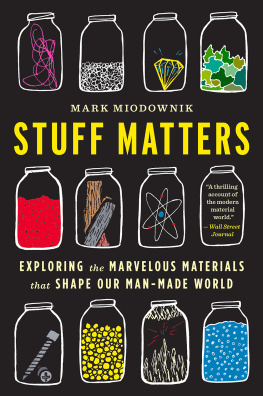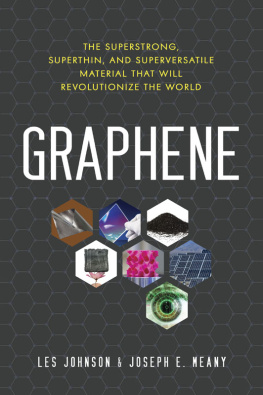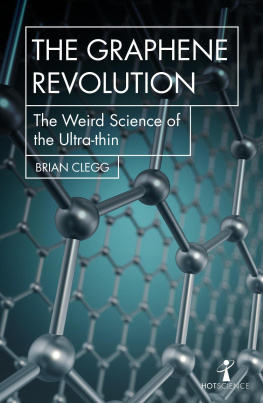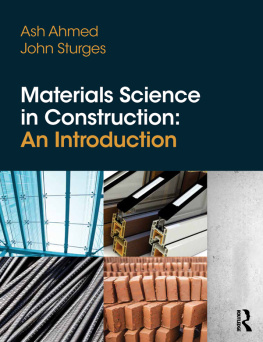
Table of Contents
First U.S. edition 2014
Copyright 2013 by Mark Miodownik
ALL RIGHTS RESERVED
For information about permission to reproduce selections from this book, write to Permissions, Houghton Mifflin Harcourt Publishing Company, 215 Park Avenue South, New York, New York 10003.
First published in the United Kingdom by Penguin Books Ltd 2013
www.hmhco.com
The Library of Congress has cataloged the print edition as follows:
Miodownik, Mark, author.
Stuff matters : exploring the marvelous materials that shape our man-made world / Mark Miodownik.First U.S. edition.
pages cm
Reprint of: London : Penguin, 2013.
ISBN 978-0-544-23604-2 (hardback)
1. Materials sciencePopular works. I. Title.
TA 403.2. M 56 2014
620.1'1dc23
2013047575
e ISBN 978-0-544-23704-9
v1.0514
For Ruby, Lazlo, and Ida
Introduction
AS I STOOD ON a train bleeding from what would later be classified as a thirteen-centimeter stab wound, I wondered what to do. It was May 1985, and I had just jumped on to a London Tube train as the door closed, shutting out my attacker, but not before he had slashed my back. The wound stung like a very bad paper cut, and I had no idea how serious it was, but being a schoolboy at the time, embarrassment overcame any sort of common sense. So instead of getting help, I decided the best thing would be to sit down and go home, and so, bizarrely, that is what I did.
To distract myself from the pain, and the uneasy feeling of blood trickling down my back, I tried to work out what had just happened. My assailant had approached me on the platform asking me for money. When I shook my head he got uncomfortably close, looked at me intently, and told me he had a knife. A few specks of spit from his mouth landed on my glasses as he said this. I followed his gaze down to the pocket of his blue anorak. I had a gut feeling that it was just his index finger that was creating the pointed bulge. Even if he did have a knife, it must be so small to fit in that pocket that there was no way it could do me much damage. I owned penknives myself and knew that such a knife would find it very hard to pierce the several layers that I was wearing: my leather jacket, of which I was very proud, my gray wool school blazer beneath it, my nylon V-neck sweater, my cotton white shirt with obligatory striped school tie half knotted, and cotton vest. A plan formed quickly in my head: keep him talking and then push past him on to the train as the doors were closing. I could see the train arriving and was sure he wouldnt have time to react.
Funnily enough I was right about one thing: he didnt have a knife. His weapon was a razor blade wrapped in tape. This tiny piece of steel, not much bigger than a postage stamp, had cut through five layers of my clothes, and then through the epidermis and dermis of my skin in one slash without any problem at all. When I saw that weapon in the police station later, I was mesmerized. I had seen razors before of course, but now I realized that I didnt know them at all. I had just started shaving at the time, and had only seen them encased in friendly orange plastic in the form of a Bic safety razor. As the police quizzed me about the weapon, the table between us wobbled and the razor blade sitting on it wobbled too. In doing so it glinted in the fluorescent lights, and I saw clearly that its steel edge was still perfect, unaffected by its afternoons work.
Later I remember having to fill in a form, with my parents anxiously sitting next to me and wondering why I was hesitating. Perhaps I had forgotten my name and address? In truth I had started to fixate on the staple at the top of the first page. I was pretty sure this was made of steel too. This seemingly mundane piece of silvery metal had neatly and precisely punched its way through the paper. I examined the back of the staple. Its two ends were folded snugly against one another, holding the sheaf of papers together in a tight embrace. A jeweler could not have made a better job of it. (Later I found out that the first stapler was hand-made for King Louis XV of France with each staple inscribed with his insignia. Who would have thought that staplers have royal blood?) I declared it exquisite and pointed it out to my parents, who looked at each other in a worried way, thinking no doubt that I was having a nervous breakdown.
Which I suppose I was. Certainly something very odd was going on. It was the birth of my obsession with materialsstarting with steel. I suddenly became ultra-sensitive to its being present everywhere. I saw it in the tip of the ballpoint pen I was using to fill out the police form; it jangled at me from my dads key ring while he waited, fidgeting; later that day it sheltered and took me home, covering the outside of our car in a layer no thicker than a postcard. Strangely, I felt that our steel Mini, usually so noisy, was on its best behavior that day, materially apologizing for the stabbing incident. When we got home I sat down next to my dad at the kitchen table, and we ate my mums soup together in silence. Then I paused, realizing I even had a piece of steel in my mouth. I consciously sucked the stainless steel spoon I had been eating my soup with, then took it out and studied its bright shiny appearance, so shiny that I could even see a distorted reflection of myself in it. What is this stuff? I said, waving the spoon at my dad. And why doesnt it taste of anything? I put it back in my mouth to check, and sucked it assiduously.
Then a million questions poured out. How is it that this one material does so much for us, and yet we hardly talk about it? It is an intimate character in our liveswe put it in our mouths, use it to get rid of unwanted hair, drive around in itit is our most faithful friend, and yet we hardly know what makes it tick. Why does a razor blade cut while a paper clip bends? Why are metals shiny? Why, for that matter, is glass transparent? Why does everyone seem to hate concrete but love diamond? And why is it that chocolate tastes so good? Why does any material look and behave the way it does?
Since the stabbing incident, I have spent the vast majority of my time obsessing about materials. Ive studied materials science at Oxford University, Ive earned a PhD in jet engine alloys, and Ive worked as a materials scientist and engineer in some of the most advanced laboratories around the world. Along the way, my fascination with materials has continued to growand with it my collection of extraordinary samples of them. These samples have now been incorporated into a vast library of materials built together with my friends and colleagues Zoe Laughlin and Martin Conreen. Some are impossibly exotic, such as a piece of NASA aerogel, which being 99.8 percent air resembles solid smoke; some are radioactive, such as the uranium glass I found at the back of an antique shop in Australia; some are small but stupidly heavy, such as ingots of the metal tungsten extracted painstakingly from the mineral wolframite; some are utterly familiar but have a hidden secret, such as a sample of self-healing concrete. Taken together, this library of more than a thousand materials represents the ingredients that built our world, from our homes, to our clothes, to our machines, to our art. The library is now located and maintained at the Institute of Making which is part of University College London. You could rebuild our civilization from the contents of this library, and destroy it too.
Yet there is a much bigger library of materials containing millions of materials, the biggest ever known, and it is growing at an exponential rate: the man-made world itself. Consider the photograph on page xiv. It pictures me drinking tea on the roof of my flat. It is unremarkable in most ways, except that when you look carefully it provides a catalog of the stuff from which our whole civilization is made. This stuff is important. Take away the concrete, the glass, the textiles, the metal, and the other materials from the scene, and I am left naked, shivering in midair. We may like to think of ourselves as civilized, but that civilization is in large part bestowed by material wealth. Without this stuff, we would quickly be confronted by the same basic struggle for survival that animals are faced with. To some extent, then, what allows us to behave as humans are our clothes, our homes, our cities, our stuff, which we animate through our customs and language. (This becomes clear if you ever visit a disaster zone.) The material world is not just a display of our technology and culture, it is part of us. We invented it, we made it, and in turn it makes us who we are.
Next page

